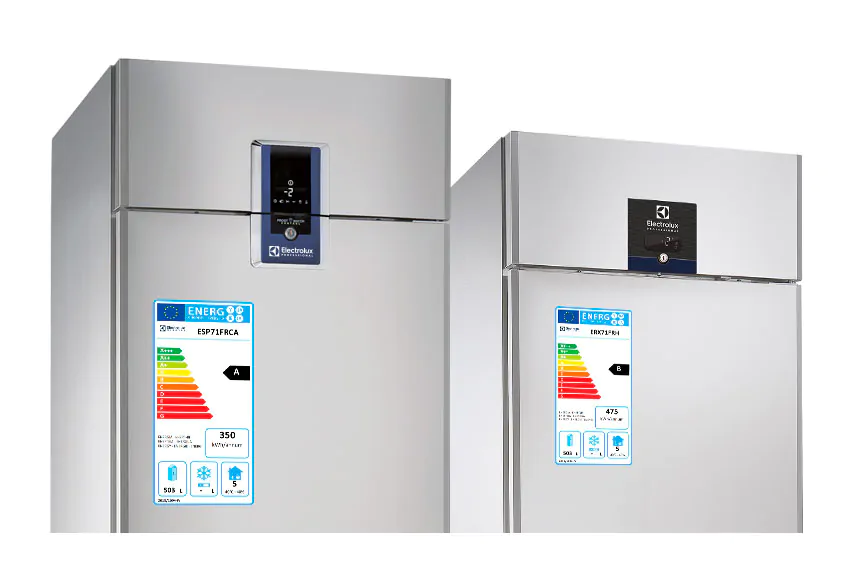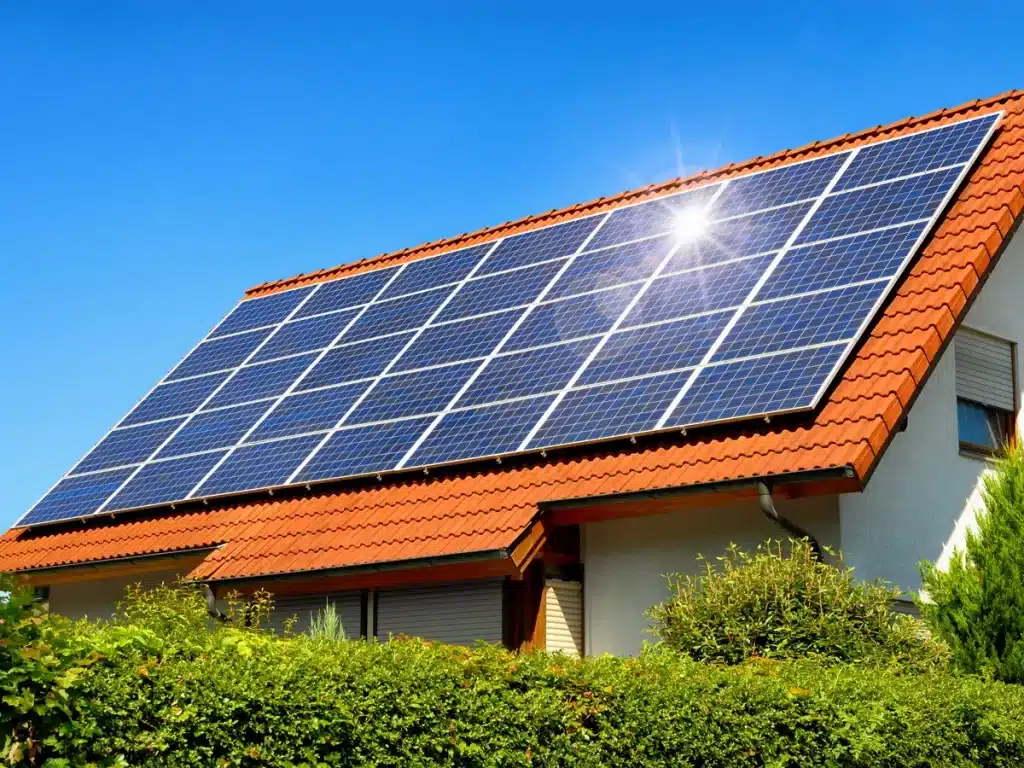Table of Contents
Energy conservation is not simply a buzzword; it is important for environmentally friendly living and smart handling of resources. Saving electricity lowers greenhouse gas emissions and slows down climate change, which benefits the environment. It also lowers power costs for homes and businesses. Are you prepared to boost your energy savings? It’s time to discover the benefits of keeping an eye on the refrigerator amp draw of your refrigerator! In this guide we share an innovative method for easily reducing your electricity costs.
You may find hidden inefficiencies and take back control of your energy use by unlocking the mysteries of the energy use of your refrigerator. This article breaks down the procedure into manageable parts so you can make better decisions and save a lot of money. Say goodbye to energy waste and welcome a more efficient way of living. Let’s go on this journey and transform your energy habits together.
Lets have a quick view on Perfect Counter Depth Refrigerator Dimensions.
Recognizing the Effect of Refrigerator Amp Draw on Energy Savings

The amp draw of your refrigerator is important in figuring out how much power your appliance uses. It measures how much current your refrigerator needs to run on the electrical circuit. Monitoring this amp draw can provide insights into your appliance’s power use, as most home refrigerators draw about 20 amps when the compressor comes on.
All homeowners need to comprehend the correlation between amp draw and energy efficiency. The amp draw, which shows the rate at which electricity enters your refrigerator, will ultimately impact your electric bill. Monitoring this indicator will help you make wise choices about how much energy you use and could result in long-term financial savings.
the importance of amp hours in refrigerator efficiency
Amp hours are a measure of the volt draw over time, typically one hour. This measure determines how much power your refrigerator uses over time. The amp hours consumed by your refrigerator can be found by multiplying the amp draw by the number of hours it runs each day. Understanding this can help you maximize energy efficiency and estimate electric expenses.
Think of a refrigerator that uses 20 amps for six hours daily, equivalent to 120 amps hours a day. This figure gives you a clear image of your refrigerator’s power usage and lets you plan ways to lower it. Understanding your appliance’s amp hours allows you to make decisions that will improve the environment and your wallet, whether by buying a more energy-efficient model, minimizing door openings, or modifying temperature settings.
Examining the connection between watts, volts and amps in refrigerator
The standard voltage for most home appliances is 120 volts, also the voltage at which refrigerators normally function. Knowing how watts and volts relate to one another can help you better understand your refrigerator’s power rating. The amps needed for operation can be found by dividing the watts by the volts. Accurately estimating your device’s energy usage requires this knowledge.
For example, if your refrigerator has a 600-watt power rating and you divide this by the typical 120-volt voltage, you would get 5 amps. This indicates that when your refrigerator operates at maximum capacity, it uses 5 amps of current. With this knowledge, you may assess your refrigerator’s amp draw and look into ways to maximize its energy effectiveness.
Energy Savings: How to Keep an Eye on the Amp Draw of Your Refrigerator
By monitoring your refrigerator’s amp draw, you may save a lot of electricity. If a dedicated circuit is installed for it, your refrigerator will run more smoothly and interference-free from other appliances. Furthermore, opting for an Energy Star-rated refrigerator can ensure increased energy efficiency and eventually lower your electric bill.
You can identify problems or inefficiencies early on by routinely checking your refrigerator’s amp draw. A broken compressor or insufficient insulation are two possible problems with your appliance that could be indicated by unexpected increases in amp draw. By taking care of these problems as soon as possible, you may stop needless power usage and future expensive repairs.
Investigating Alternative Energy Sources for Refrigerators: 12-Volt Systems and Solar Panels

Alternative methods for powering refrigerators are made possible by advancements in energy technology. With the help of solar panels, you may lessen your reliance on the grid and increase your appliance’s cost and environmental friendliness. Simultaneously, 12-volt systems, typical of RV refrigerators, provide effective functioning with reduced amp consumption, ideal for off-grid living or compact areas such as a dorm room.
Installing solar panels in your home’s energy system offers a sustainable way to power equipment like freezers while lowering your need for petroleum-based energy sources. Utilizing solar energy can help you reduce your environmental impact and utility costs dramatically. Likewise, 12-volt refrigeration systems are perfect
The Contribution of Compact Fridges to Energy Efficiency
Not only are mini fridges convenient and small, but they also contribute to energy conservation. Mini fridges are perfect for locations where conserving power usage is important because they have a lower amp demand than normal refrigerators. You may make more informed selections for home and business settings if you know the amp draw of micro-fridges.
Consider a small fridge’s amp draw and energy efficiency rating carefully before choosing one for your house or place of business. Despite their seemingly small size, these electronics’ combined power usage can have a big effect on your electric cost. Selecting a model with an elevated Energy Star rating guarantees maximum energy efficiency and sustained cost savings.
Understanding the Effect of Refrigerator Amp Draw on Your Electric Bill

The amp draw of your refrigerator directly impacts your electricity costs. A certain amount of power is consumed for every amp drawn, which mounts up over time. By monitoring and adjusting your refrigerator’s amp draw, you can significantly reduce your monthly energy expenses and make long-term financial savings.
There is a clear correlation between amp draw and your electric bill: the more amps your refrigerator uses, the more your energy costs will be. For example, if your refrigerator runs six hours a day at a 20 amp pull, that’s 120 amp hours used daily. This can greatly impact your monthly electricity usage and, consequently, your cost over time.
Your electric cost can be lessened by being aware of your refrigerator’s amp draw and taking action to reduce it. Simple steps like making sure the device is properly ventilated. Adjusting the temperature, and not overstocking can lower amp draw and save energy. Additionally, keeping the refrigerator door closed as much as possible keeps cold air within, and the compressor doesn’t have to run as frequently.
Purchasing a refrigerator with an Energy Star rating is an additional practical strategy to reduce electricity costs. These appliances use less electricity without sacrificing functionality since they are made to adhere to the Environmental Protection Agency’s (EPA) stringent energy efficiency guidelines. The long-term savings on your electricity bill make it a smart investment, even though the upfront cost can be larger.
Optimizing Refrigerator Amp Draw Requires Proper Maintenance
Maintaining your refrigerator’s ideal amp draw requires routine maintenance. Simple maintenance procedures that enhance efficiency and lower amp demand include defrosting regularly, inspecting door seals, and cleaning the condenser coils. By devoting time to maintenance, you may maximize your appliance’s energy-saving potential and increase its lifespan.
In addition to increasing amp draw, neglecting maintenance causes your refrigerator to fail faster. Demanding expensive repairs or an early replacement. Unclean condenser coils, for instance, impede airflow, making the compressor work longer and requiring more amps to maintain the proper temperature. The compressor must also work longer to compensate for worn-out or defective door seals, which let cold air escape.
Implementing routine maintenance into your home routine can help you minimize your refrigerator’s amp draw and maintain optimal performance. Plan regular inspections and cleanings to find and fix problems early. For optimal energy savings and comprehensive maintenance, you should also consider investing annually in expert maintenance services. With regular maintenance, you may maximize your refrigerator’s amp draw and take advantage of reduced energy expenses for many years.
Conclusion:
Maximizing Energy Savings by Utilizing Refrigerator Amp Draw Power
To sum up, keeping an eye on your refrigerator’s amp draw is essential for controlling power use and maximizing energy savings. You may minimize your environmental impact and lower your energy cost by making informed decisions based on your knowledge of the relationship between amps, watts, and volts. Making energy efficiency a top priority helps the environment and your pocketbook, whether you’re thinking about solar panels or other alternative energy sources or choosing an Energy Star-rated appliance.
By implementing the tips in this guide, you can take charge of your energy use and help create a more sustainable future. Every step you take to improve energy efficiency. From tracking amp hours to looking into alternate energy sources, gets you closer to living a more economical and environmentally friendly lifestyle. Move to a more energy-efficient refrigerator by arming yourself with knowledge and embracing cutting-edge technologies!

